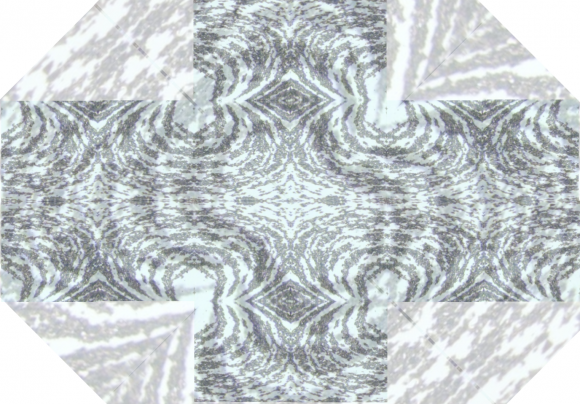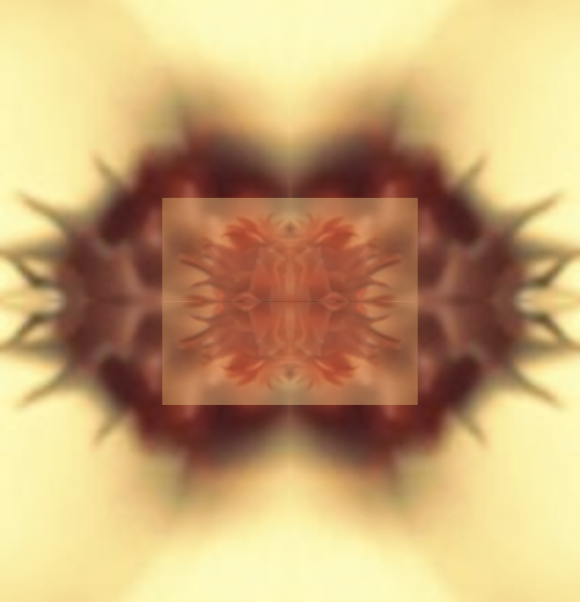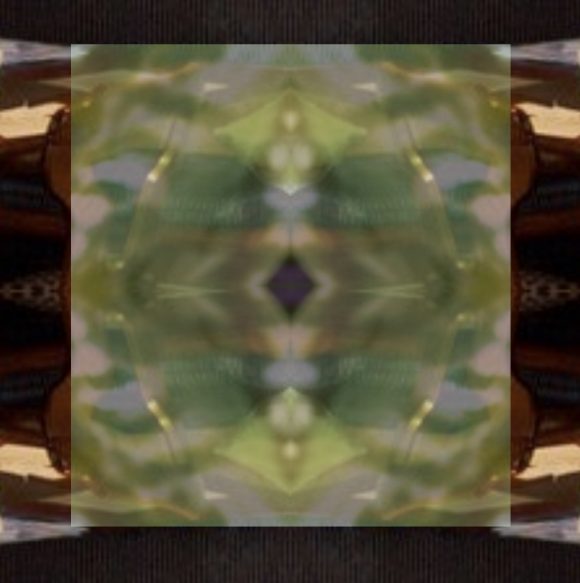I continue looking into the implied theory of ghosts in Reginald Hill’s short story “There are No Ghosts in the Soviet Union”.

2. Hill has some fun with “rational” explanations in the story. The character of Natasha provides the requisite psychobabbling turns of phrase:
Perhaps I could dress it up for you. A para-psychological phenomenon, how would that sound in your report? Or perhaps you prefer a delusive projection produced by localized mass-hysteria, perhaps relatable to repressed claustrophobia triggered by the lift.’
Chislenko, from the sound of it, might have gone for one of these: it would have relieved him of the task of further investigation, and might have sounded sufficiently “scientific” to convince his superiors in a regime whose dogmatic worldview was, after all, a rationalist (or at least, materialist) one. But Natasha quickly sets him straight. And she’s quite right to do so — whether we believe in ghosts or not, these two explanations are weak and implausible. Their effect is mostly rhetorical: it comes from opaque jargon. (Making arguments sound scientific by the use of jargon, without providing factual evidence or logical support, is a hallmark of pseudoscience.)
To call something a “parapsychological” phenomenon is to evoke a certain claim or hypothesis: that there are non-standard causal connections between events that can be scientifically verified (typically in statistical form) and that manifest in phenomena such as telepathy, telekinesis, precognition, and so on. Researchers who saw parapsychology as a promising scientific avenue have attempted such scientific verification since the 1930s (without success, according to a broad consensus in the scientific community). So to evoke “parapsychology” here is to cite a disproven (or at best unproven) speculation, not established scientific fact.
The other suggestion, that of a “delusive projection”, is an even bigger mouthful of jargon. Let’s unpack it. A projection, in psychology, means a perception of something in the external world shaped by the subject’s internal psychological patterns or complexes. (You feel about, and act toward, your boss as if he were a mythological Father figure.) Normally, however, this requires some kind of anchor in external reality. (To experience your boss in these terms, there must still be a real person, your boss, and you’re having actual interactions with him.) A projection, as understood in psychology, is not a case of “seeing something that isn’t there” — that, especially if it’s a figure in the outer world, such as a person, would more likely be called a hallucination. We might understand Natasha’s “delusional projection” in the same way. An it’s clear why she avoids the more accurate and familiar term (hallucination) in favor of “delusional projection” — that’s for the rhetorical effect of overloading the phrase with jargon.
And the fun doesn’t stop there, of course. A hallucination (or “delusional projection”) wouldn’t suffice as an “explanation” here — because the figure that supposedly isn’t there, the man who falls down the lift shaft, is seen by multiple witnesses, who give matching descriptions. That gap is covered by the pseudo-causal explanation: it’s “mass hysteria”. But once again, in real-world cases where something like this does occur, mass hysteria is usually triggered by a clear and identifiable cause (e.g. an unexpected strong weather phenomenon, earthquake, or something similarly dramatic.) It works as causal explanation because there is a known, intelligible trigger — typically a large-scale one, capable of really working on “masses”. It becomes “mass” hysteria partly because there is a psychological reinforcement loop that emerges in group settings. Neither condition holds in our story: there is no “mass” (just three people), and there is no intelligible cause for a sudden outbreak of hysteria. These gaps are patched over by simply inserting more jargon. The absence of a “mass” to justify mass hysteria is “explained” by calling it localized mass-hysteria. And the lack of a triggering cause it is addressed by yet another hypothesis (again packed with jargon): “perhaps relatable to repressed claustrophobia triggered by the lift”. Claustrophobia, if it were a condition the lift passengers actually suffered from, would need to be part of their medical history or otherwise diagnosable. But none of the three is said to have it (presumably: at least the story never mentions it). So this gap, too, is addressed: by calling the claustrophobia “repressed”. Although this one is not mere jargon, but a more meaningful psychological hypothesis, the problem with it is that it is highly improbable (which is never acknowledged): we’re asked to believe that all three lift passengers share a powerful psychological condition that has never previously manifested—and that just happens to erupt simultaneously during a routine lift ride, something they do multiple times a day without incident.
Putting together all the pieces, the explanation delivers an impressive cocktail of non-explanations mutually “explaining” each other. But what it actually says boils down to this: the three witnesses all happened to have the same hallucination at the same time when they saw the man fall down the lift. Not a psychological phenomenon that really happens that often. It’s a deft piece of writing: Natasha delivers an elaborate non-explanation with such confident fluency that it is easy to overlook how implausible it really is. (Which makes it all the more interesting that Chislenko seems initially willing to embrace it himself.)



